Exploring the Versatility of Japanese Wooden Trays
The Japanese wooden tray is a versatile piece that has become an essential item in various dining and hospitality settings. Crafted with precision, these trays embody the elegance of Japanese design and the durability of wooden construction. This category encompasses a range of styles, from the minimalist Japanese wood serving tray to the more intricate Japanese wooden tea tray, each serving its unique purpose.
Types and Applications of Japanese Wooden Trays
Japanese wooden trays are not just a single entity but a collection of designs tailored for different uses. The Japanese wooden tea tray is a staple in tea ceremonies, designed to enhance the ritualistic experience. On the other hand, a Japanese wood serving tray is broader in application, perfect for presenting meals and beverages in restaurants or catering events. The commonality lies in their functionality, providing a stable and aesthetic platform for food and drink presentation.
Features and Materials
The construction of a Japanese wooden tray often involves meticulous craftsmanship. These trays are typically fashioned from woods like hinoki or kiri, known for their lightness and durability. Some trays feature a lacquered finish, which not only adds a layer of protection but also brings out the natural beauty of the wood grain. The design may include raised edges to secure items during transport and handles for ease of carrying.
Advantages of Using Japanese Wooden Trays
Opting for a Japanese wooden tray brings several advantages. The wood's natural insulation properties are suitable for both hot and cold items, while the material's inherent sturdiness ensures longevity. Additionally, the aesthetic appeal of these trays can elevate the presentation of any dish, enhancing the overall dining experience.
Considerations for Selection
When selecting a Japanese wooden tray, consider the specific needs of your business. Size, shape, and design all play a role in how the tray will be used. Whether it's a large Japanese wood serving tray for bustling restaurants or a more intimate Japanese wooden tea tray for specialized tea services, each type serves to complement the setting it's used in.
Maintenance and Care
Maintaining the integrity of a Japanese wooden tray involves regular cleaning and occasional treatment with oils to preserve the wood. This care ensures that the trays remain a long-lasting addition to service ware collections, retaining their functionality and aesthetic appeal over time.

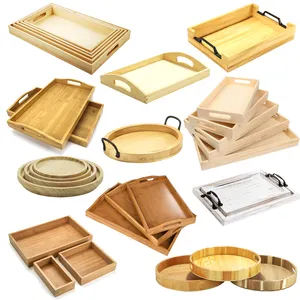










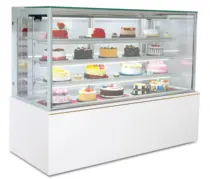







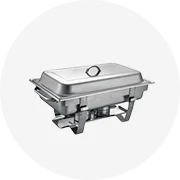
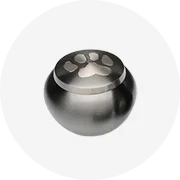





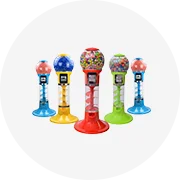
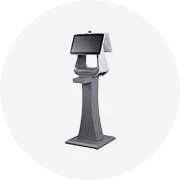










 浙公网安备 33010002000092号
浙公网安备 33010002000092号 浙B2-20120091-4
浙B2-20120091-4